Anna Neubauer is an Austrian artist and photographer, currently based in London. Anna’s photography focuses on portraits, featuring diverse models of different backgrounds, ethnicities, and abilities. Anna’s work has been featured in Harper’s Bazaar, Spotify, Adobe, The Today Show, Life Framer, Buzzfeed, and recently was one of five recipients of a 500px Intersectional Diversity Commercial Grant.
Q: Anna, could you please tell me a bit about yourself and your journey so far?
A: I was born in Austria and grew up in a small town close to the German and Czech border. I’ve always had a creative drive, and started taking photos in 2012 as a way to bring the surreal world of my imagination to life and to help me find my inner self.
Back then I spent lots of time at photography meet-ups, hanging out with friends from all over the world, and recreating my dreams and nightmares through self-portraits, which was almost some sort of therapy to me.
Throughout the years, as I honed in on my own style, I realized what I love most about photography is telling the stories of people that inspire me, and in turn, hoping to inspire others through my work. Two years ago I moved to London, and have spent the last lockdown with family in Cornwall, far from civilization with the ocean right around the corner.
Q: What was it that first got you interested in shooting commercial photography?
A: To be honest, I didn’t really have much interest in commercial photography for quite a while, as I found it too unauthentic and altered. I just kept seeing the same exact thing, absolutely no diversity, no inclusion, and no real moments.
At that time it didn’t occur to me to change anything about it, let alone think that I, through my work, could help to right the wrongs I was seeing in the industry. After a while, I found myself working with clients that had zero interest in having a diverse range of models in their campaigns which made me sick. I remember speaking to one such client and as I think back, that was the exact moment I decided to build up a commercial portfolio that breaks down traditional stereotypes.
Q: What do you remember about your first time directing a model on a shoot, and how do you feel your approach has changed with experience?
A: All I remember is that I thought it was going to be much easier than it actually was. I’m self-taught, and was basically my own model for a few years before I started shooting with, and for, other people. When you’re your own model, it’s basically your fault if you’re not happy with the results, but you know exactly what you want, and what to change, to get the result you’re satisfied with.
What I remember about my first time directing a model is that I was having a hard time explaining my vision, and wasn’t prepared enough to have a mood board or drawing of my ideas.
As I got a bit older I generally got more reserved and quiet, especially on shoots. Sometimes I need to remind myself of my more confident times to get the self-confidence boost I need before shooting.
In terms of directing, I always create well-thought-out mood boards and get to know who I’m working with. I’m a people-person and I love hearing the models’ stories in order to portray them in the best possible way. I also take my time to explain what I want.
Q: Your portfolio stands out for its inclusivity, featuring models with Down Syndrome and Vitiligo, you capture what authentic life looks like to people of all abilities. What are your thoughts on the importance of inclusivity and representation in commercial photography?
A: Warwick Davis said, “The world worries about disability more than disabled people do.” I think the less diversity people see in their everyday lives, the more disconcerting they might find it. And for me, diversity does not exist without inclusion.
Commercial photography is incredibly powerful and it definitely contributes to shaping how we see the world and the people around us. I’ve seen some images representing particular groups, but most of them in very stereotypical ways. It’s important that everyone feels safe and is able to voice their views.
As a photographer, I’ve got the transformative power to change and contribute to a more open, diverse, and inclusive society. I can show how beautiful differences are and contribute to making our culture more equitable for everyone.
Q: For this interview, you prepared a collection of photos. Please tell us a bit about what thoughts and inspiration were behind the series?
A: I recently read an article on mental health that revealed that men are a lot less likely to seek medical support. I don’t remember the exact numbers, but it made me curious to see the representation of men in commercial photography portraying psychological well-being.
There’s a diverse selection of scenarios, but, to be honest, I wasn’t even surprised to see mostly women and young girls. The majority of images, however, have got a dark and depressing feel to them.
Mental health is such a personal thing, and I think that everyone interprets it in their very own way.
I had a chat and shoot with my friend Jarrahkeh at a beach in Cornwall. He’s an amazing model, such a kind person, and he radiates joy wherever he goes, but due to his mixed-race, he has had to deal with a lot of racism throughout his life. I love telling stories with my photos and I really enjoyed portraying his personality in the series.
The look of the images is inspired by “Current” by Phoria, one of the songs I’m currently obsessed with. Dramatic, yet empowering, which I think embodies very similar emotions to those I feel when I think about mental health.
Q: I know professional photography can be a lot more stressful, challenging, and time-consuming than many people realize. What is your go-to way to destress or unwind after a shoot?
A: Most of my work is in some way inspired by music, and I pretty much listen to or look for new music whenever I can. Pre-Covid, my go-to way to destress was hanging out with friends and going to all kinds of gigs. London has so much to offer and the British pub culture is amazing, so it was always easy to find things to do to unwind.
I also really enjoy illustrating on the iPad, reading, and going for long walks. When I’m in Cornwall, my favorite hangout spot is the beach, where we either surf or just have some snacks and beers while watching the sunset.
Q: Looking through your 500px Profile, I noticed this self-portrait, it reminded me of the painting Figure at a Window by Salvador Dali. I feel like the composition and tone are similar, both capturing the subjects experiencing quiet, introspective moments indoors while beyond the window is a much larger world, where vast waters persist. What were your creative and conceptual thoughts behind the photo?
A: It’s a self-portrait inspired by RY X and Olafur Arnald’s “Oceans”, a song that completely sends me to another dimension. It came out just a few weeks before London went into its first lockdown in 2020, and I remember thinking about the last time I’ve seen the sea meeting the sky or felt the ocean breeze on my skin.
I took the self-portrait in my bedroom in London, and used an old phone photo from a trip to Croatia for the background. I’ve always felt at home by the sea, so I wanted to portray that together with my deep longing for the ocean.
Q: What three qualities would you consider crucial to your success as a photographer?
A: I’d say patience, optimism, and some sort of stubbornness. I’m generally a calm person, so I feel like being patient and optimistic kind of comes with it, and I don’t panic easily.
I really enjoy taking pictures, and the moment I get involved in a project, I’m fully invested in it. I think if you decide to dedicate your time to something, you might as well thoroughly invest in it.
I also think it’s important to know when a project is not right for you. Any kind of racism or discrimination against the LGBTQ community is a big no from me, and if I’ve got the feeling the client represents qualities I don’t support, I’m out. In a similar vein, if you surround yourself with good people and people that make you feel good, it will surely bring out the best of you.
I love looking at other people’s art and I’m always inspired, but I never compare myself or my work to anyone else or their work. It’s just more fun without the constant thought of competition, it’s not a race.
Q: Could you tell me about a time you pushed yourself beyond your comfort zone in photography? What were the results?
A: Definitely a shoot I did for a German children’s wear magazine in 2019. They gave me a lot of freedom, and basically told me I could do whatever I wanted. I couldn’t stop thinking about a little girl with Down Syndrome I’d found on Instagram, so I reached out to her parents and traveled all the way to San Francisco to shoot with them.
Within two days I had to come up with a full concept, work out locations, book flights, and hotels, and make sure the clothes got there in time. The weather was absolute madness, with heavy rain, and thunder throughout the week. I definitely was not expecting that, but there was not much I could do about it really. In addition, it was my first time shooting with a child with Down Syndrome. Up until the moment I met the family, I was stressed and definitely felt like I’d left my comfort zone, but in the end, I had nothing to be worried about, as we all immediately connected. We managed to work the moody weather into the images and everyone had a really great time.
So no matter what kind of shoot or project I’m working on, I need to remind myself that getting out of my comfort zone always creates some sort of good stress and unexpected moments, which results in me being more creative and having a more intense drive. In the end, I’ll probably realize I’ve underestimated my capabilities.
Q: It’s still early in 2021, but do you have any photography or creative goals that you’ve set for yourself this year?
A: I definitely want to work on more personal projects. I’ve come to the conclusion that, when I work on creative projects regularly, it really brings out the best of my creativity.
Other than that, the last eight months with our liberties taken away have got me thinking about all the different things I want to do once this is all over. I’m excited for new adventures and collaborations with other artists.
Not on 500px yet? Click here to learn about Licensing with 500px.

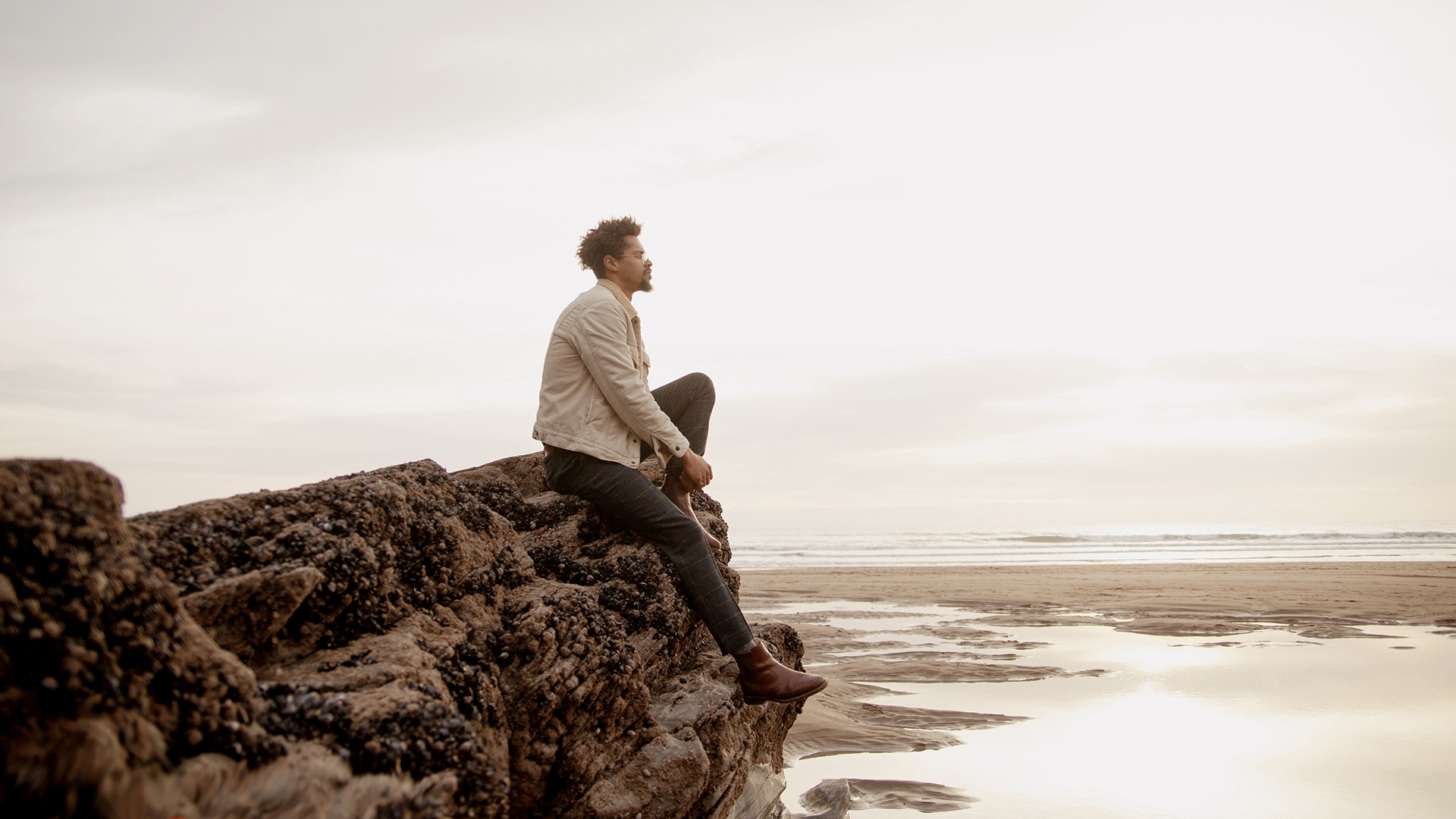
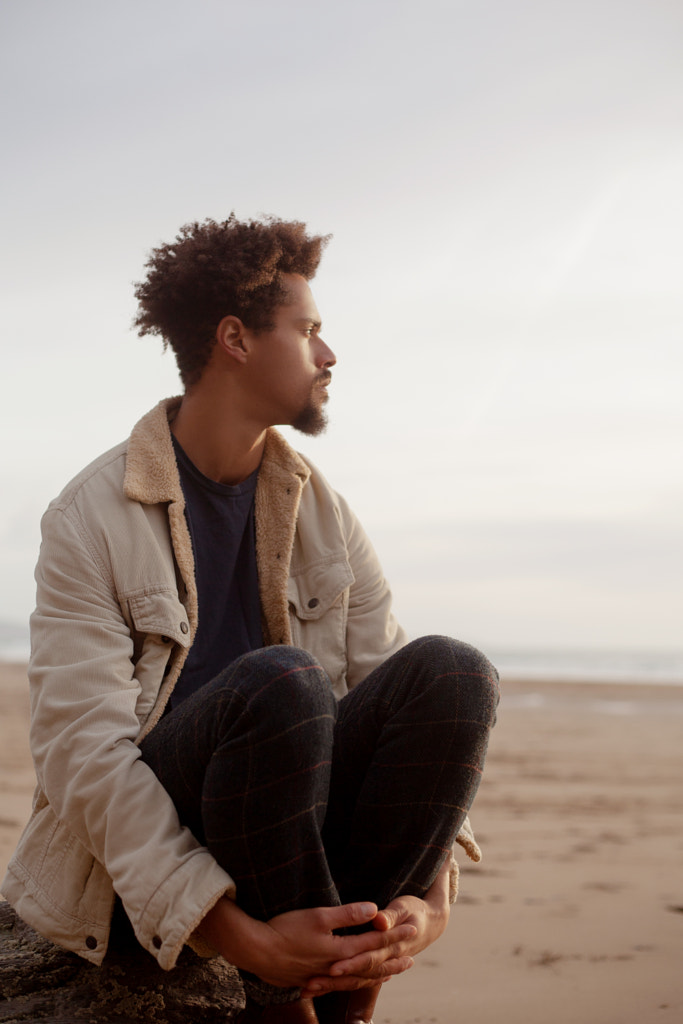
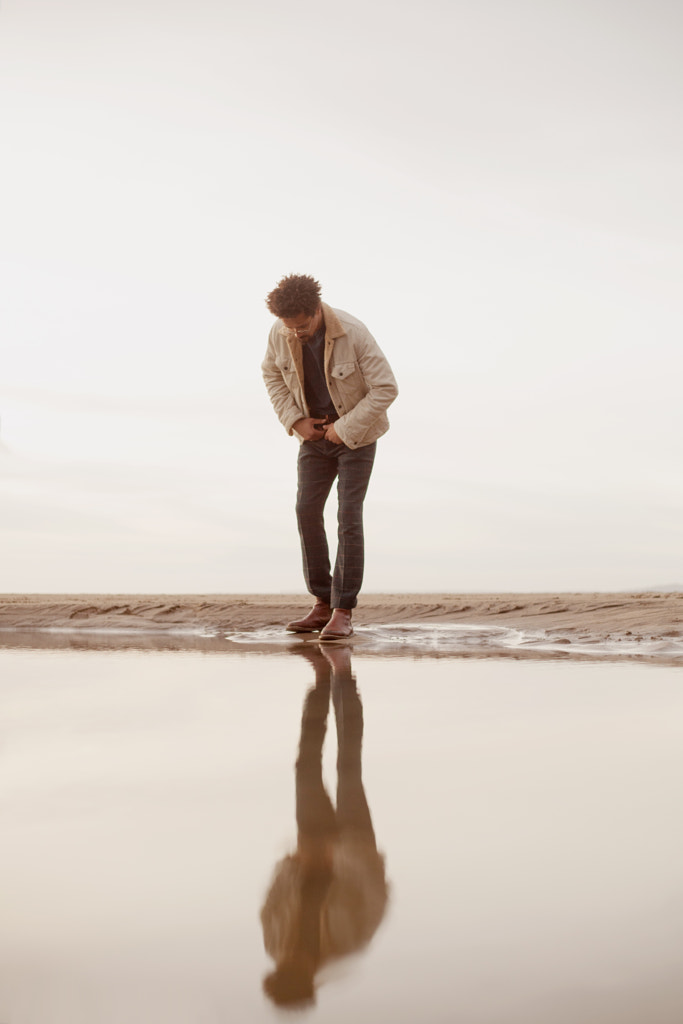
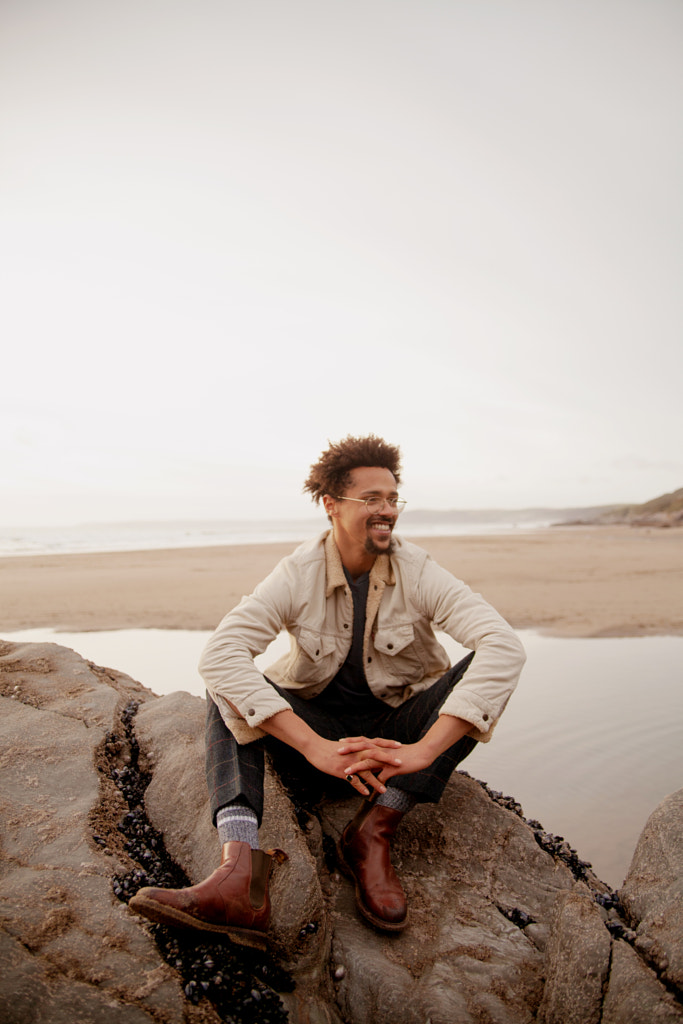
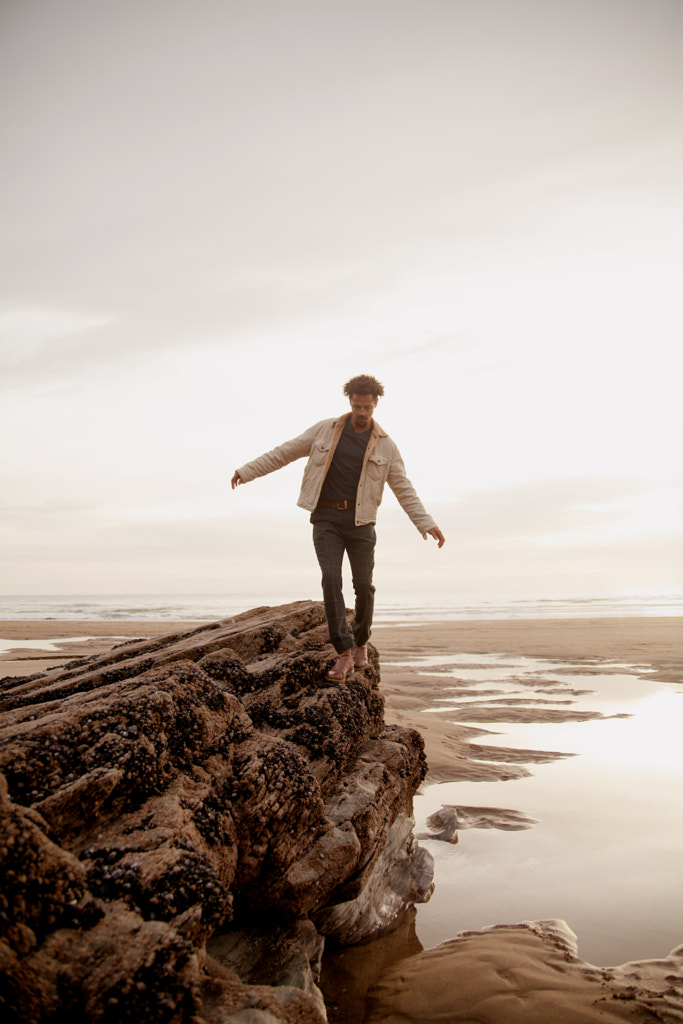
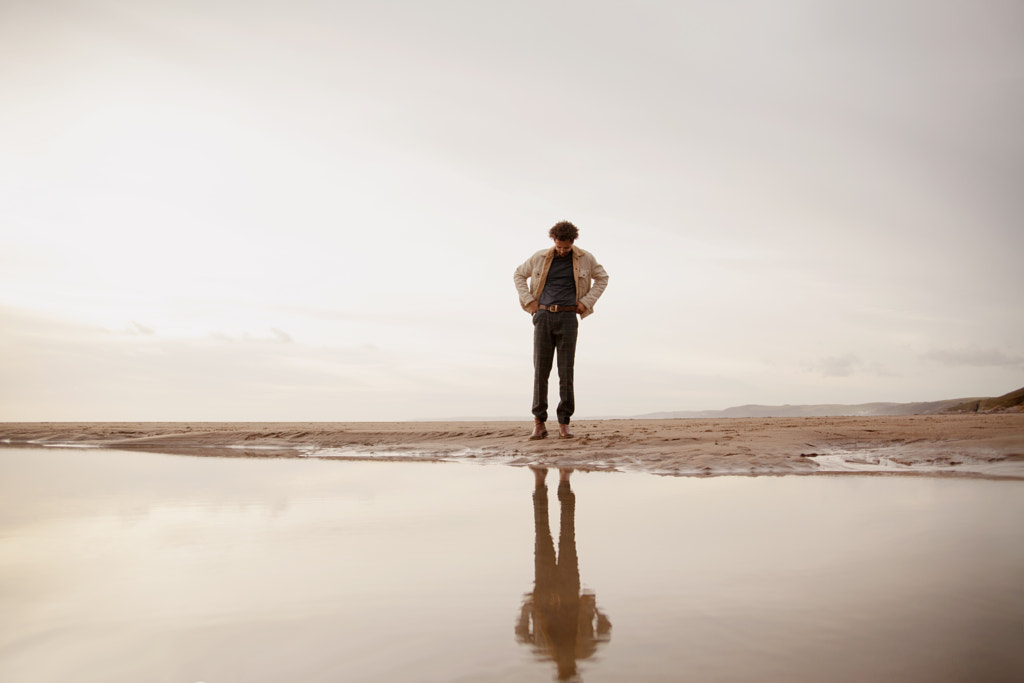
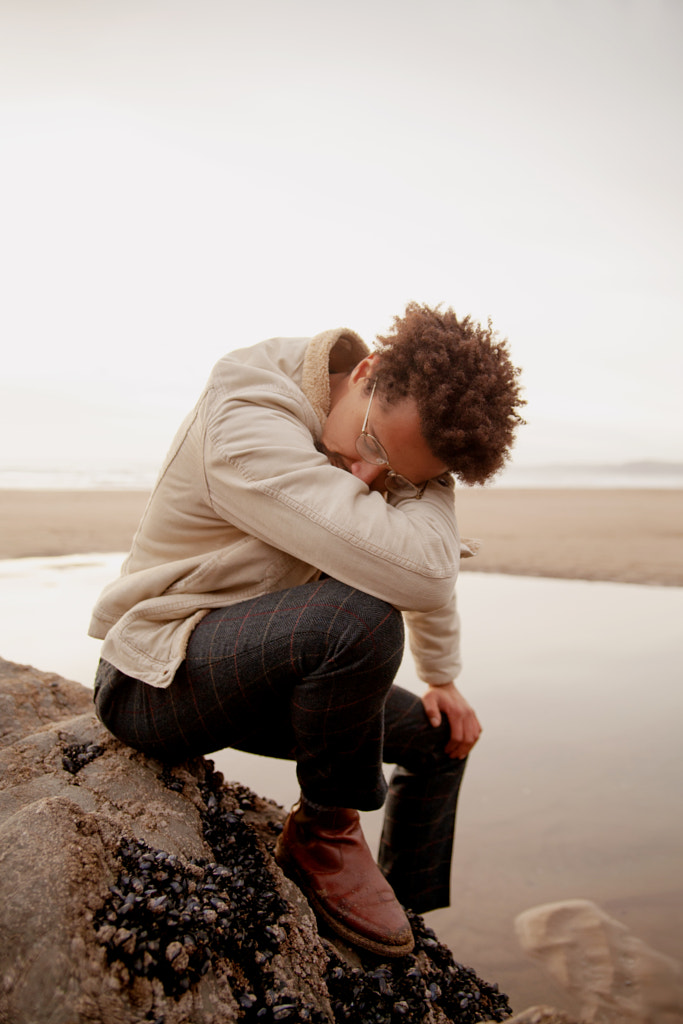
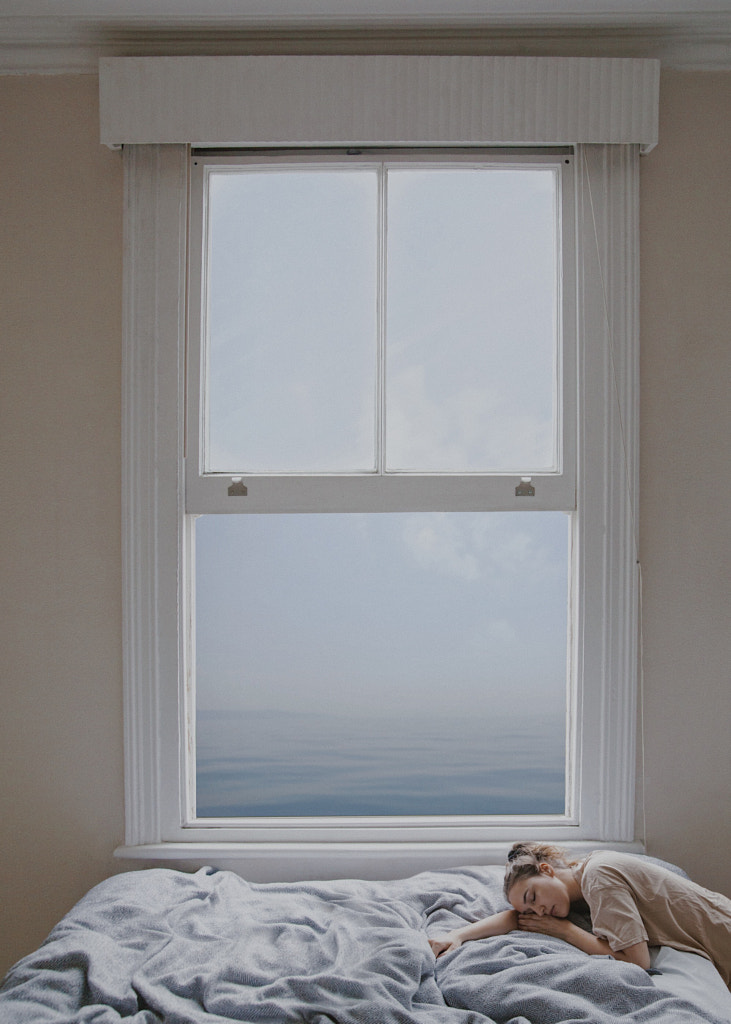
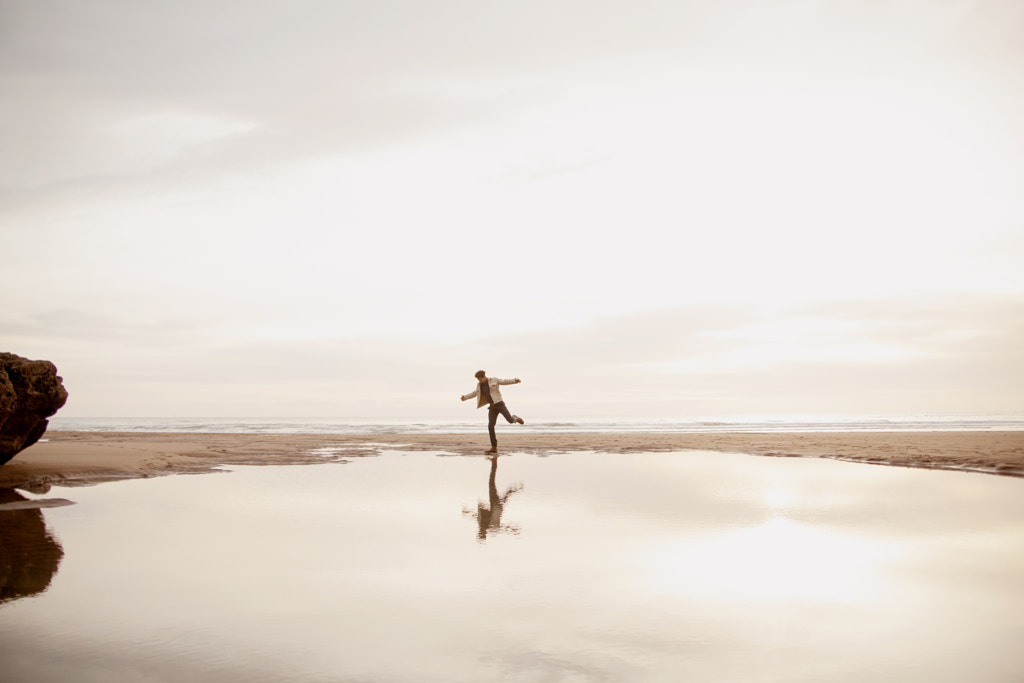
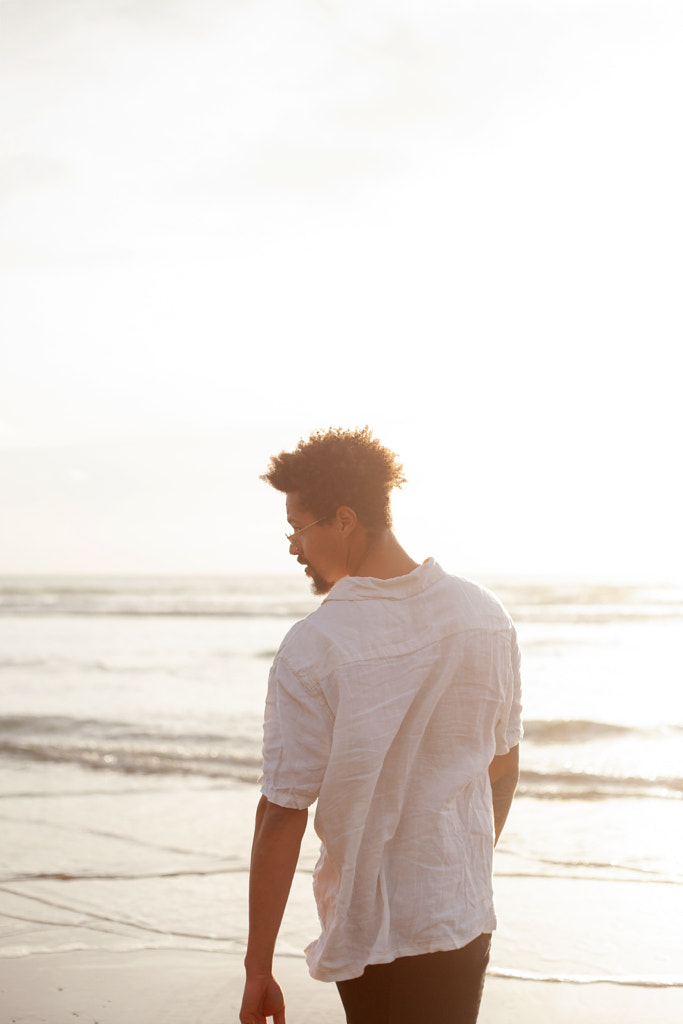
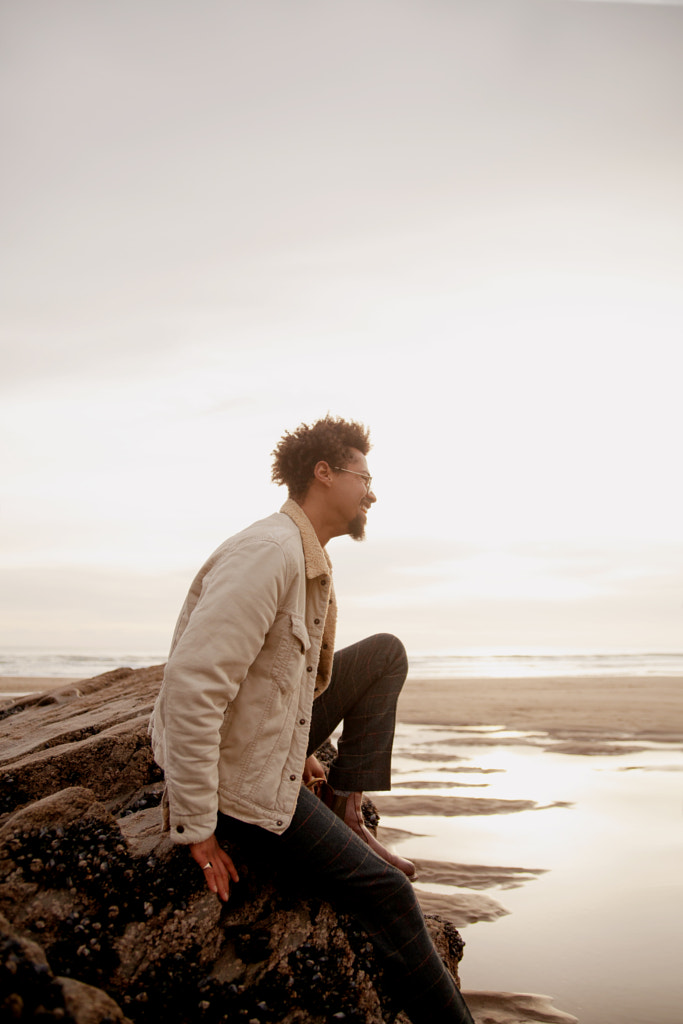

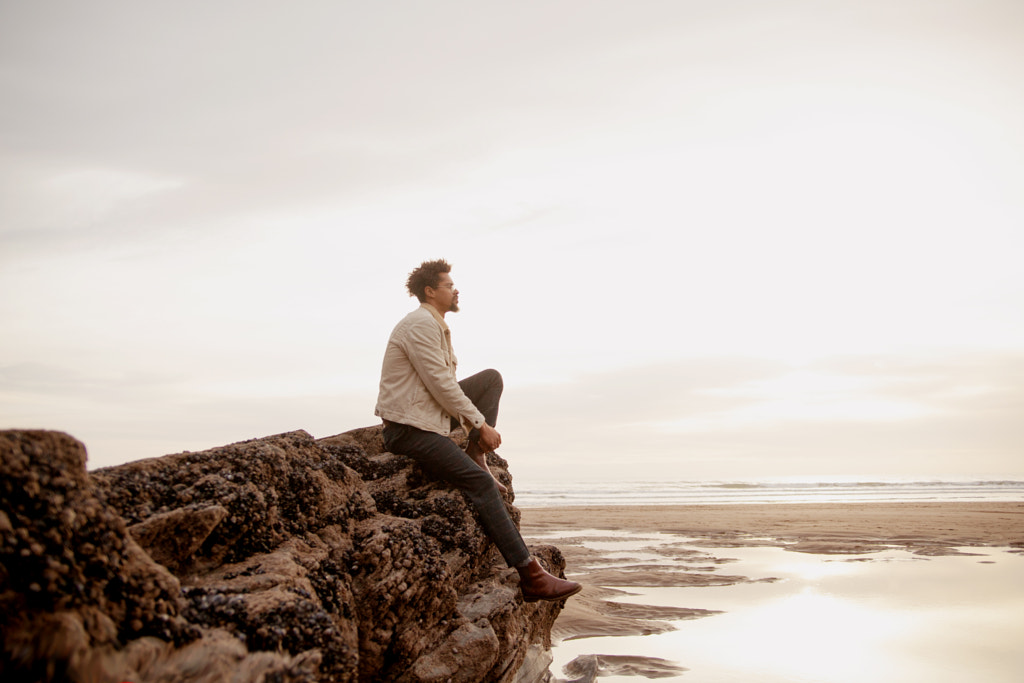
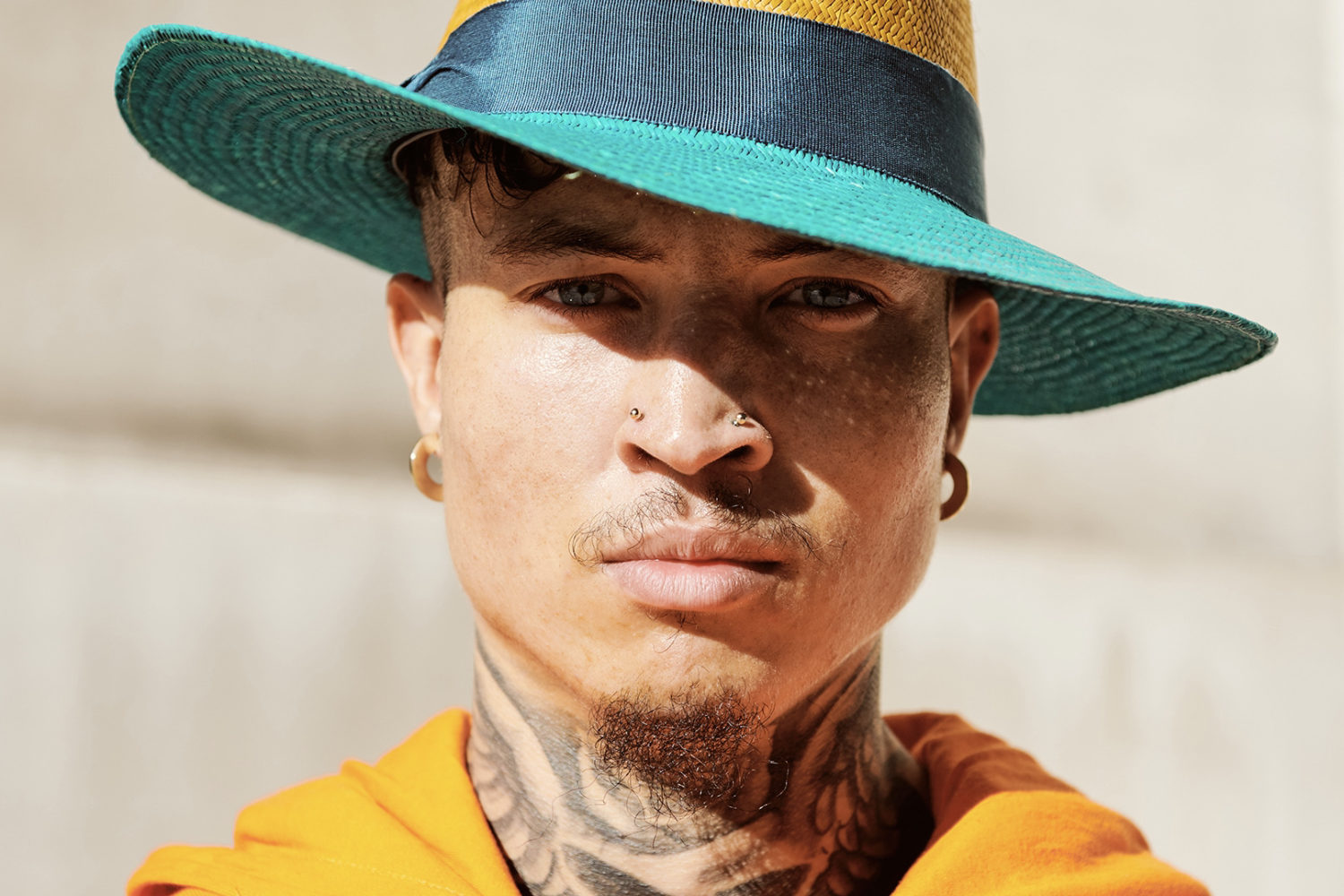

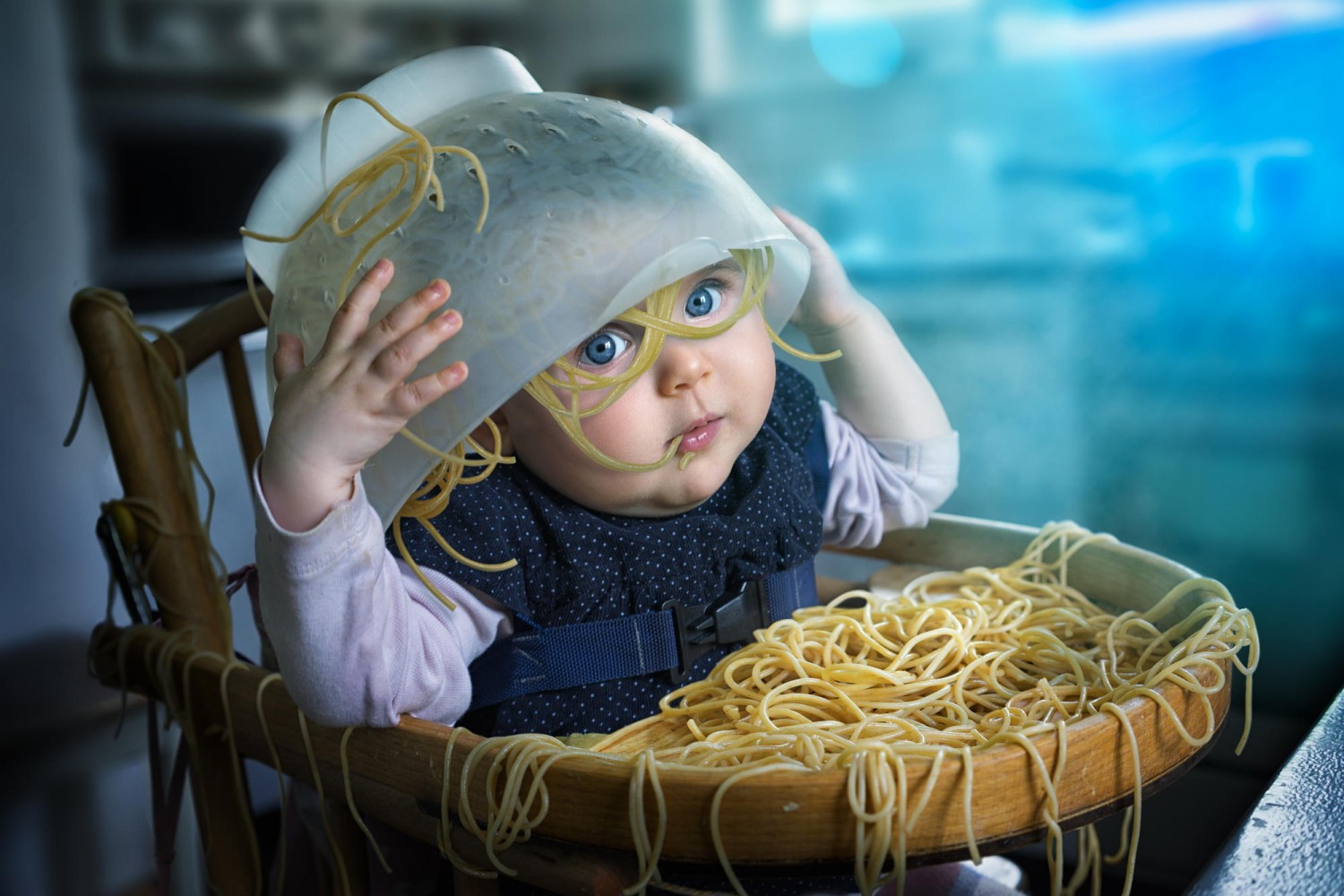
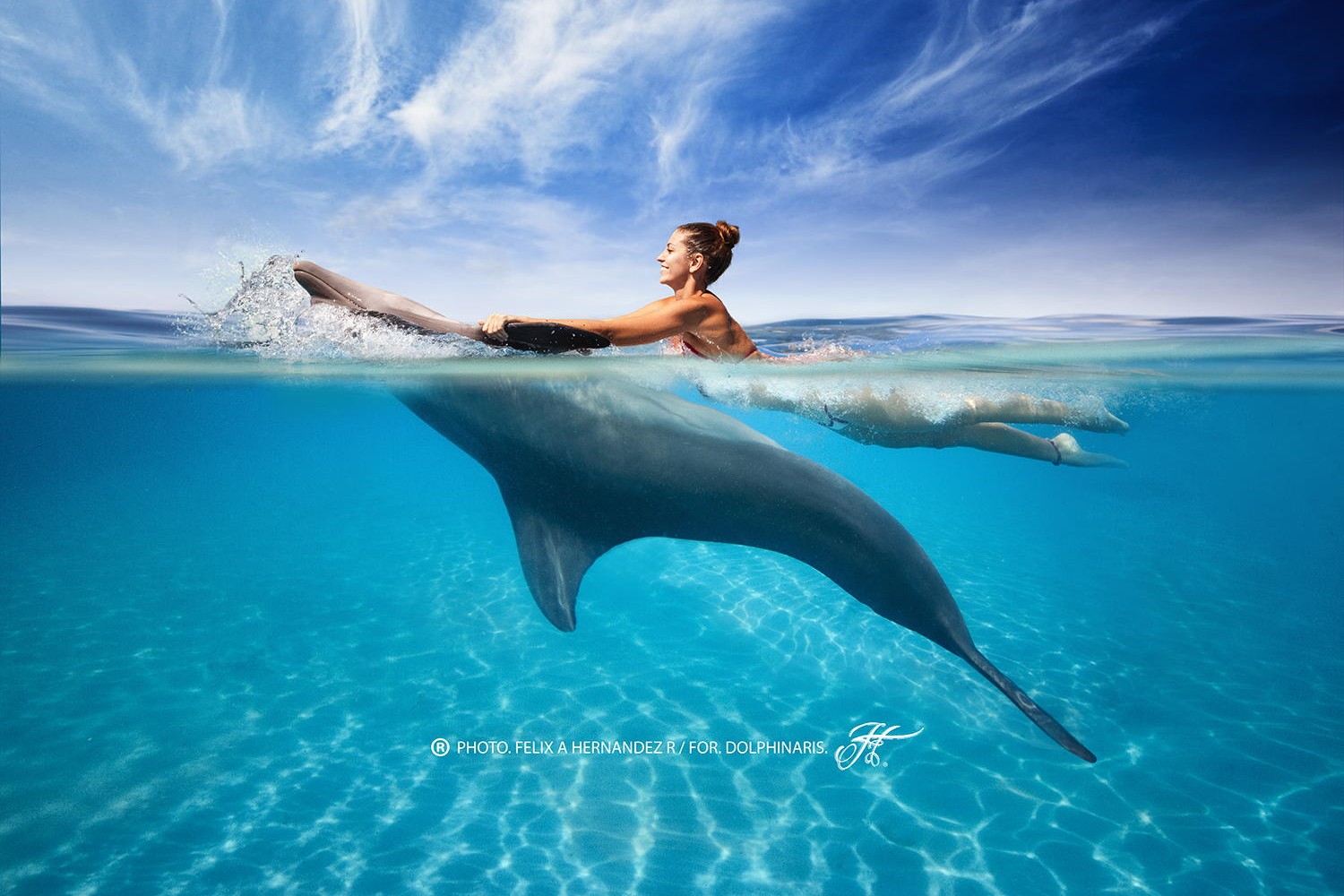
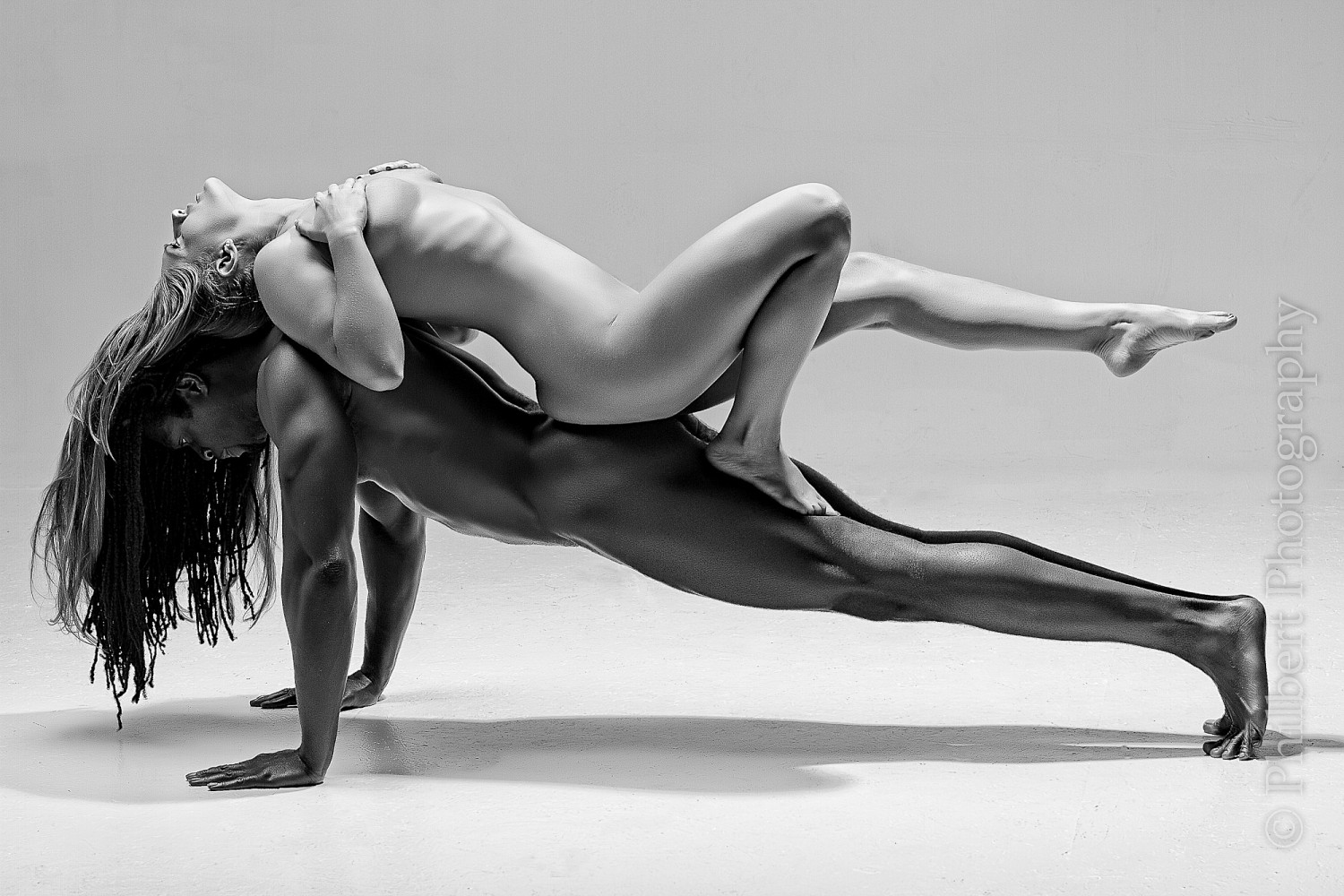
Leave a reply